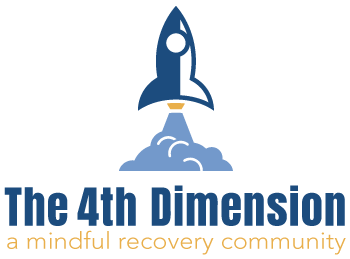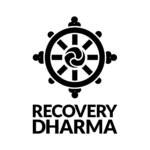What is SMART Recovery?
Wish though we might, no recovery method is “one size fits all.” When the time comes to take our own journey toward healing, we need the guiding philosophy that’s right for us, not the one that’s right for some or most. Plenty of recovery programs......
23 March, 2021 No comment










